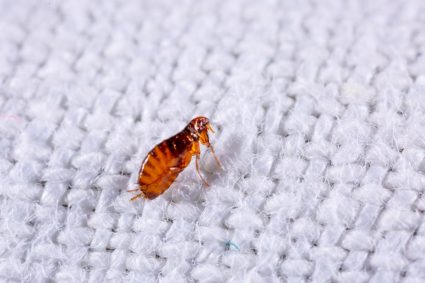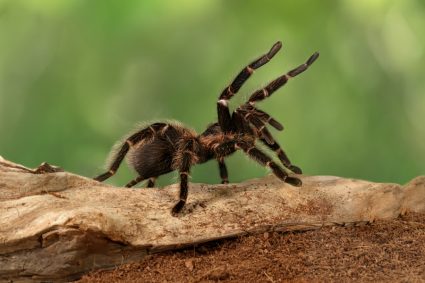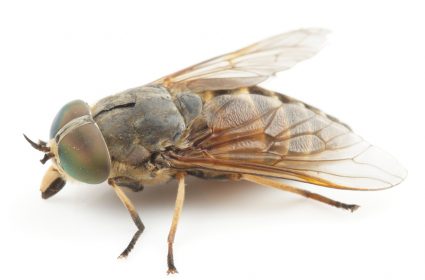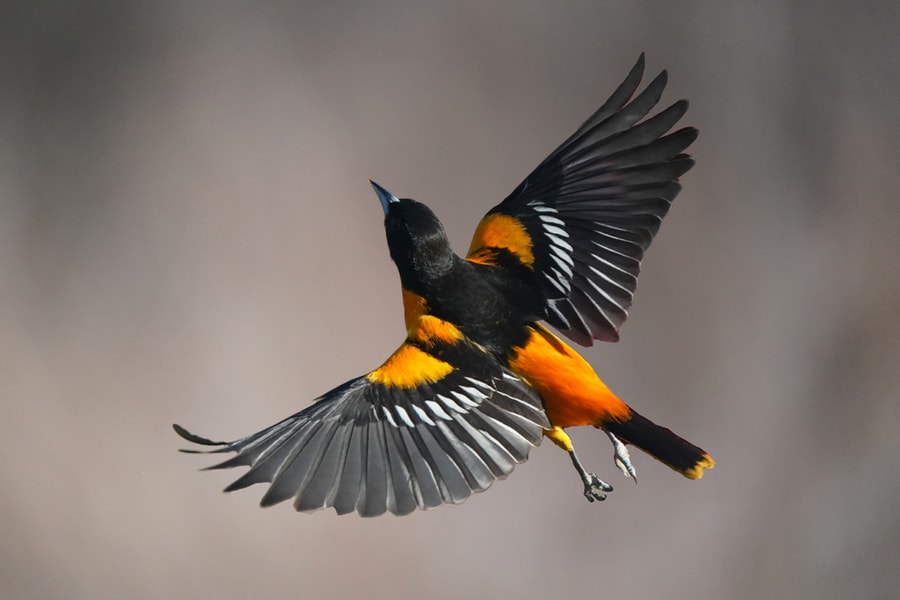
Having your feeding territory filled with ants can be displeasing for humans and orioles, as well.
Ants and orioles, however, have one thing in common, which makes their feeder an attractive scene for them to act out; their love for sugary foods.
Orioles likes to feed on fruits, jellies, oranges, and nectars. Ants are huge fans of anything sugary, so they’re bound to infest the feeder. I mean, the heart wants what the heart wants.
Ants can be very annoying when they become uncontrollable, leaving trails that attract other ants to the source and infest the feeder.
This infestation causes them to sink to the bottom of the mixture and also possibly affects the orioles if the feed is contaminated.
Considering the effort you’ve put into attracting your orioles in the first place, knowing how to get the ants off the feeder is essential.
Oriole feeders are attraction points for ants because of the sweet nature of the feed orioles’ love. However, you can easily take care of them.
Keeping the ants away from the oriole feeders can be done using ant moats, fishing lines, water, good feeders, and diatomaceous earth.
This will help prevent infestation or harm to the orioles and keep your feeder oriole-friendly. Other points to note:
- The ants can get in your clothes while getting them off, which can be disastrous, so be careful.
- Diatomaceous earth should be used with a nose mask on to avoid inhalation.
- Feeders should be kept clean if you want to attract orioles.
- Clean feeders with an old toothbrush to get dirt off corners and tricky areas.
- Use mild chemicals like permethrin to prevent ants from infiltrating the feeder.
- Use a feeder with an inbuilt ant moat.
Doing these will attract orioles to your feeder and make them want to hang around. Also, keep your surroundings safe, as feeders tend to harbor molds and debris that could harm your bird.
We will talk about specific ways to keep ants off your oriole feeders and answer FAQs that will guide you. We’ll show you how to take care of your bird feeders to ensure your orioles have a good experience.
Keep reading this article to identify the ways to keep ants off the oriole feeders.
6 Ways To Keep the Ants off the Oriole Feeders
Getting rid of ants around sugar may seem almost impossible due to their resilient nature in finding hideous means to get to where sugary foods are.
There are, however, several ways to keep the ants at bay from attacking your oriole feeder.
1. Ant Moats
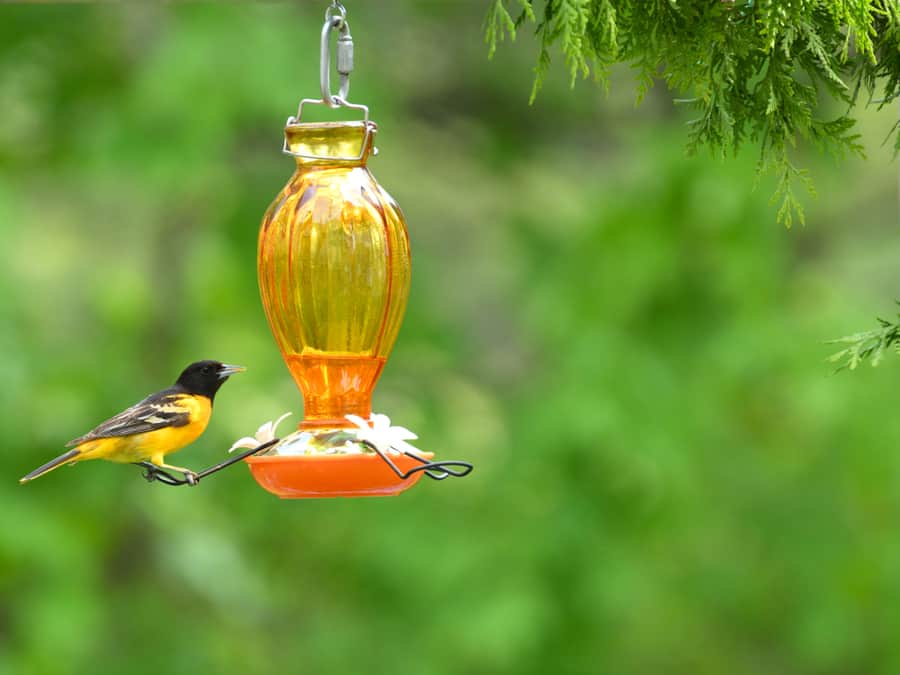
Ant moats are the most common and effective way to eliminate ants in your feeder. This is installed between the hanger and your feeder.
An ant moat has hooks on both sides and is usually filled with water and coated with oil or insecticides that are safe for birds and humans, which helps to ward off ants from getting into the feeder.
Check out the ant moats on Etsy that do exactly as required.
This insecticide won’t kill them; it will just keep them off.
2. Fishing Lines

Placing a feeder on a strong fishing line is perfect for keeping the ants off, as it is too thin for ants to crawl on.
If it can hold the feeder properly, the ants will keep off.
3. Diatomaceous Earth

If used properly, this might be the saving grace for your oriole feeder.
Diatomaceous earth works by waving off ants wherever you put them.
They come in powder form, and the mode of application is to put them at the root of your feeder, where the ants are likely to climb up from.
Make sure to cover enough space and spread it generously. You can use a spray bottle to do this effectively.
4. Invest in a Good Feeder

The type of oriole feeder you use is a massive determinant of your feeder’s infestation.
Since ants are crawling insects, and your feeder’s holder is buried under the ground to help it stand, it is easy for them to climb their way up to get to the oriole food.
One ant’s trail sends a signal to other ants leading to a whole infestation. To prevent this, invest in feeders with ant guards filled with insecticides to keep them away.
This feeder can also prevent other types of insects, like bees, from invading. This can be purchased on Amazon.
5. Keep the Feeder Away From Tree Branches

Ants are intelligent creatures, and they let nothing deter them from reaching their target.
So, ensure that there are no branches from trees connecting to the body of your feeder to prevent ants from getting in the feeder.
6. Water
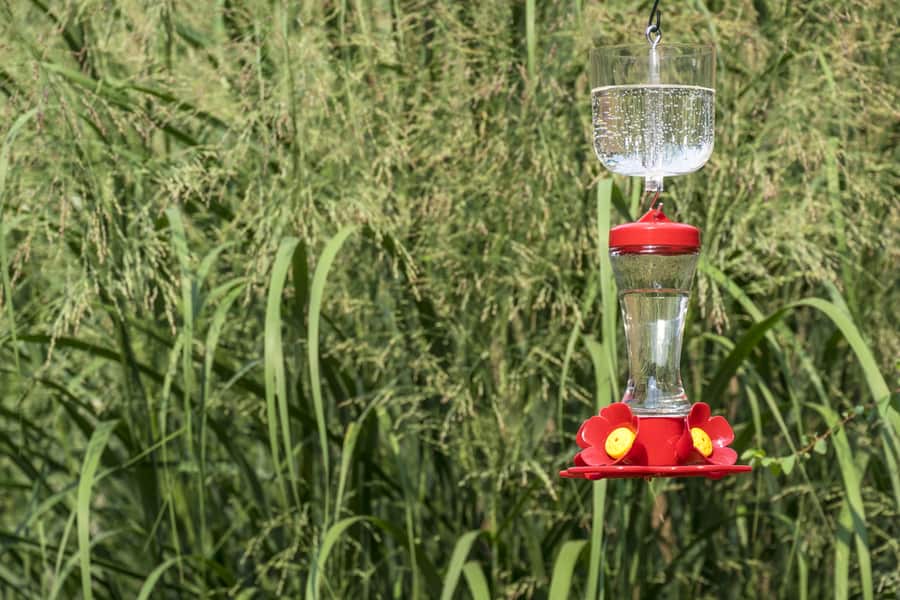
Simply putting your feeder on water effectively wards them off, as ants are not good swimmers.
This is a foolproof method to getting them off. Fill your ant moat with water, and check regularly to refill as necessary.
While you consider all the above means, always check your surroundings to make sure everything is separated from the feeder, as this may be a way for ants to infest your feeder and possibly hurt your oriole.
Conclusion
Ants are persistent creatures in finding their way to sugary feeds.
Since this happens to be what orioles love, keeping the ants away is important. This can be done by using: ant moats, a suitable feeder, water, and a fishing line to keep them at bay.
This will help keep orioles safe from possible contamination and keep your environment clean.
Frequently Asked Questions
Why Should I Stop Ants From Getting Into My Oriole Feeders?
- An ant-free, clean feeder will attract more orioles.
- To avoid contamination of nectar that could harm your orioles.
How To Clean Out an Infested Oriole Feeder?
It is easy for your bird feeder to attract a lot of mold and dirt, leading to diseases. Keeping it clean is crucial and can be done in the following ways.
- Invest in a good feeder that will be easy to clean.
- Soak your feeders using safe chemicals like vinegar to get rid of debris and clean out your oriole feeder.
- Clean the feeder regularly and carefully using a small brush.
- Use a lot of water to rinse thoroughly to eliminate leftover chemicals.
- Dry out your feeder before refilling.

